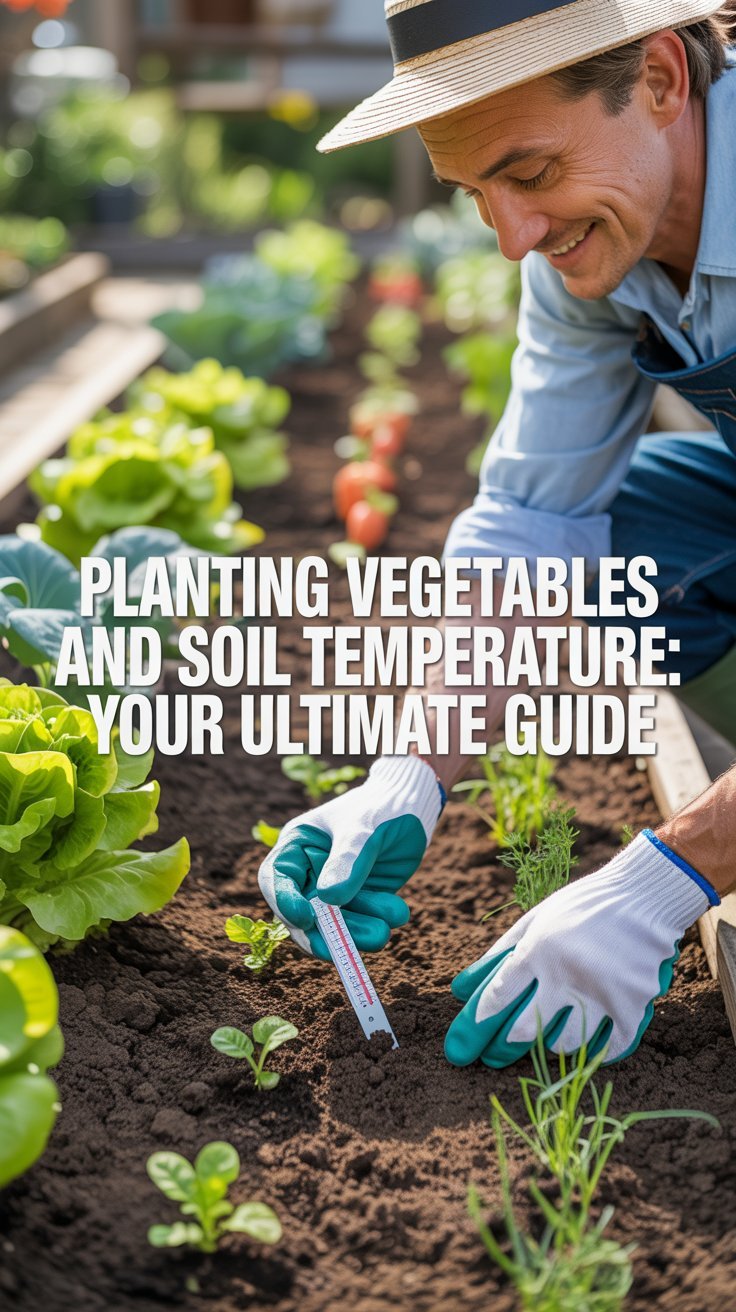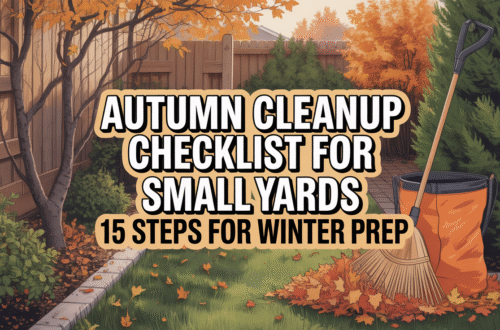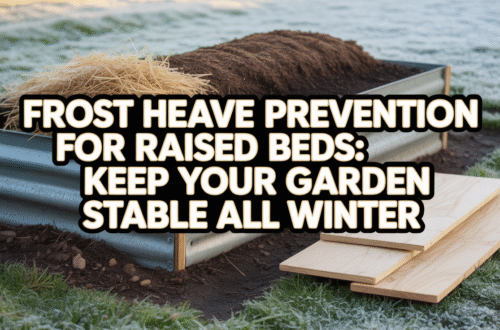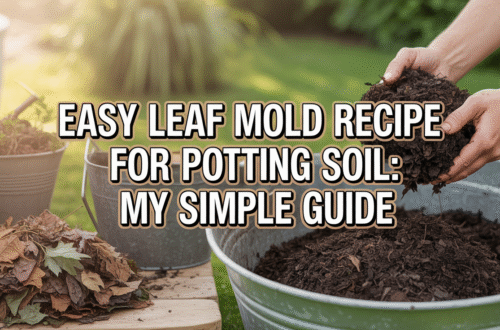Learn how soil temperature affects vegetable planting, find ideal temps for seeds, and get easy tips to measure and adjust soil warmth for a bumper crop!
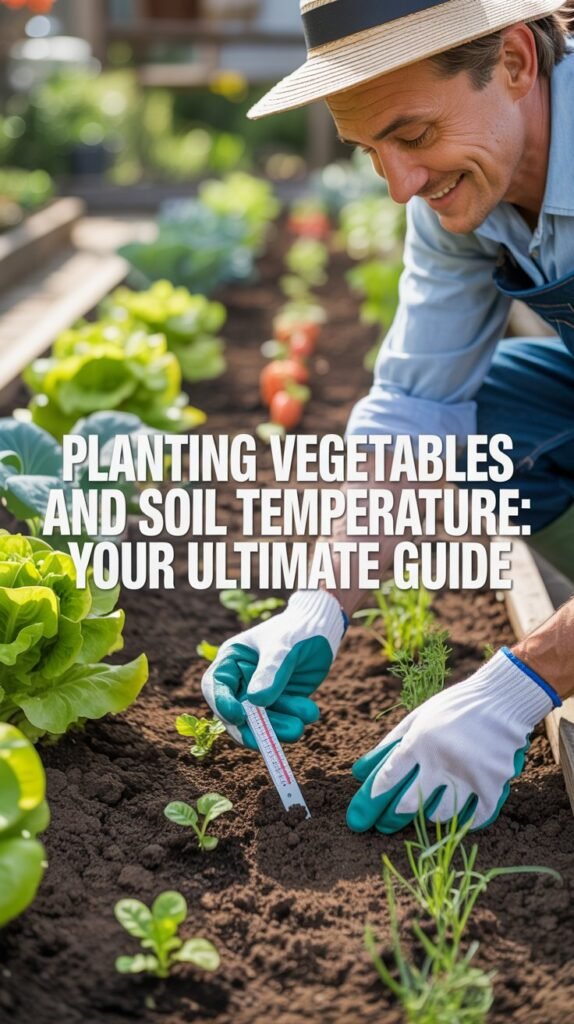
Hey there, garden enthusiasts! I’m Ashley Scott, and with 10 years of dirt under my nails, I’m here to spill the beans (and maybe plant some too) about Planting Vegetables and Soil Temperature. If you’ve ever wondered why your seeds didn’t sprout or why your plants looked a little sad, soil temperature might just be the secret ingredient you’re missing. Let’s dig into this topic together—it’s going to be fun, informative, and easy enough for kids to follow along!
Why Soil Temperature is a Big Deal for Your Veggies
Imagine you’re a tiny seed, tucked into the soil, waiting to pop up and say hello to the sun. But if the soil’s too cold, you might just stay asleep—or worse, rot away. Soil temperature is like the wake-up call for seeds and the cozy blanket for young plants. It affects everything from germination to root growth, and it’s something I’ve learned the hard way over my decade of gardening.
A few years ago, I got impatient and planted my tomatoes in chilly April soil. Big mistake! Half the seeds didn’t sprout, and the ones that did grew slower than a snail on a Sunday stroll. Now, I know better—soil temperature matters, and I’m here to help you get it right.
Here’s why it’s so important:
- Seed Germination: Seeds need the right warmth to break dormancy and start growing.
- Root Growth: Cold soil slows down roots, while warm soil helps them stretch out.
- Nutrient Uptake: Plants soak up nutrients better when the soil’s at the right temp.
- Soil Life: Tiny microbes that help your plants thrive wake up with warmth too.
So, how do you make sure your soil’s ready? Let’s break it down!
What is Soil Temperature, Anyway?
Soil temperature is just how warm or cool the ground is, usually measured a few inches down where seeds hang out—about 2-4 inches deep. It’s different from air temperature because soil takes longer to heat up or cool down. Think of it like a big, slow oven warming up in spring or cooling off in fall.
For most veggies, the soil needs to hit a certain “sweet spot” to get things growing. Too cold, and your seeds might sulk. Too hot, and they could cook before they sprout. Let’s find out what those sweet spots are!
A Handy Planting Vegetables and Soil Temperature Chart
Every vegetable has its own favorite soil temperature. Here’s a quick seed germination temperature chart for some popular crops. These are the minimums—warmer is usually better, but don’t overdo it!
| Vegetable | Minimum Soil Temp (°F) | Optimal Range (°F) |
|---|---|---|
| Beans | 60 | 70-80 |
| Beets | 40 | 50-85 |
| Broccoli | 45 | 60-85 |
| Carrots | 40 | 50-85 |
| Corn | 50 | 60-95 |
| Cucumbers | 60 | 65-95 |
| Lettuce | 35 | 40-80 |
| Peas | 40 | 50-75 |
| Peppers | 65 | 70-95 |
| Spinach | 35 | 45-75 |
| Tomatoes | 50 | 65-85 |
Quick Tip: If you’re using transplants (baby plants), they can handle slightly cooler soil than seeds, as long as it’s warming up. Want more veggie-growing tips? Check out my guide on growing tomatoes like a pro!
How to Check Soil Temperature for Seed Germination
The best way to know your soil temperature is with a soil thermometer. They’re cheap, easy to find, and super simple to use. Just stick the probe 2-4 inches into the soil, wait a minute, and check the number.
But what if you don’t have one? No problem! Here’s how to determine soil temperature without a thermometer:
- The Hand Test: Scoop up some soil from a few inches down. If it feels cool but comfy, it’s likely 50-60°F. Warm to the touch? Maybe 70°F or more.
- Air Temp Trick: When daytime air hits 70°F for a few days, soil at 4 inches is usually 50-55°F. It’s not exact, but it’s a start!
- Nature’s Hints: Watch your yard—dandelions blooming mean cool-season crops can go in. Lilacs flowering? Warm-season veggies are good to go.
- Online Help: Look up soil temperature by zip code on sites like the USDA’s Soil Temperature Map. It’s a great ballpark figure.
For precision, though, I swear by my trusty thermometer—especially for picky crops like peppers!
Warming Up Your Soil (Or Cooling It Down)
Sometimes, you need to give nature a little push. Here’s how I warm up my soil in spring:
- Black Plastic: Spread it over your beds a few weeks before planting. It traps heat and can boost soil temp by 5-10°F.
- Raised Beds: They heat up faster than flat ground—perfect for early planting.
- Row Covers: These keep plants cozy and warm the soil underneath.
- Compost: A layer of compost adds a tiny heat boost from busy microbes.
If summer gets too toasty, mulch with straw or light-colored materials to cool things off. Learn more about soil prep in my article on building healthy garden soil.
Average Soil Temperature by Month
Soil temps change with the seasons, and they vary depending on where you live. Here’s a rough guide for the USA’s temperate zones:
- March: 35-45°F
- April: 45-55°F
- May: 55-65°F
- June: 65-75°F
- July-August: 75-85°F
- September: 65-75°F
- October: 55-65°F
For exact numbers, check local resources like the National Weather Service or your state’s agricultural extension service. Your garden’s microclimate—like sunny spots or shady corners—can tweak these averages too.
Spotlight: Soil Temperature for Beans and Grass
Let’s zoom in on a couple of specifics:
Soil Temperature for Beans
Beans love warmth! They need at least 60°F to germinate, with 70-80°F being the happy zone. Plant too early, and they might rot—trust me, I’ve lost a few batches that way.
Soil Temperature for Grass Seed Germination
Grass depends on the type:
- Cool-season grasses (like fescue): 50-65°F
- Warm-season grasses (like Bermuda): 65-70°F
Time it right, and your lawn will thank you!
My Top 5 Mistakes (So You Don’t Make Them)
Even after 10 years, I’ve had my share of oops moments. Here’s what to avoid:
- Planting Too Soon: Wait for that minimum temp—patience pays off!
- Missing Hot or Cold Spots: Test different areas of your garden.
- Ignoring Night Chills: Cold nights can slow things down, even if days are warm.
- Wet Soil Woes: Soggy soil stays cooler—let it dry out a bit first.
- Transplant Shock: Ease seedlings into the garden gradually.
A Real-Life Lesson: My Pepper Flop
Last spring, I planted peppers when the soil was barely 60°F. They sprouted, but they were wimpy and slow. The next batch, planted at 70°F, shot up like rockets! Lesson learned: give warm-season crops the heat they crave.
FAQs: Your Burning Questions Answered
Got questions? I’ve got answers!
Can I plant if the soil’s too cold?
Not the best idea—seeds might rot. Warm it up first or wait it out.
How deep do I check soil temp?
2-4 inches is perfect for most seeds.
Does soil type change the temp?
Yep! Sandy soil warms faster than clay. Add organic matter to balance it out.
Can I use a regular thermometer?
It’ll work in a pinch, but a soil thermometer is more accurate.
How often should I check?
Every few days in spring or fall when temps are shifting fast.
Wrap-Up: Your Garden’s Secret Weapon
Getting planting vegetables and soil temperature right is like giving your garden a head start. It’s simple once you know the basics, and it’s so rewarding to see those sprouts pop up strong and healthy. Whether you’re growing beans, tomatoes, or even grass, a little attention to soil warmth goes a long way.
Want more gardening goodies? Swing by USA Garden Hub for all my best tips. Happy planting, and may your soil always be just right!

